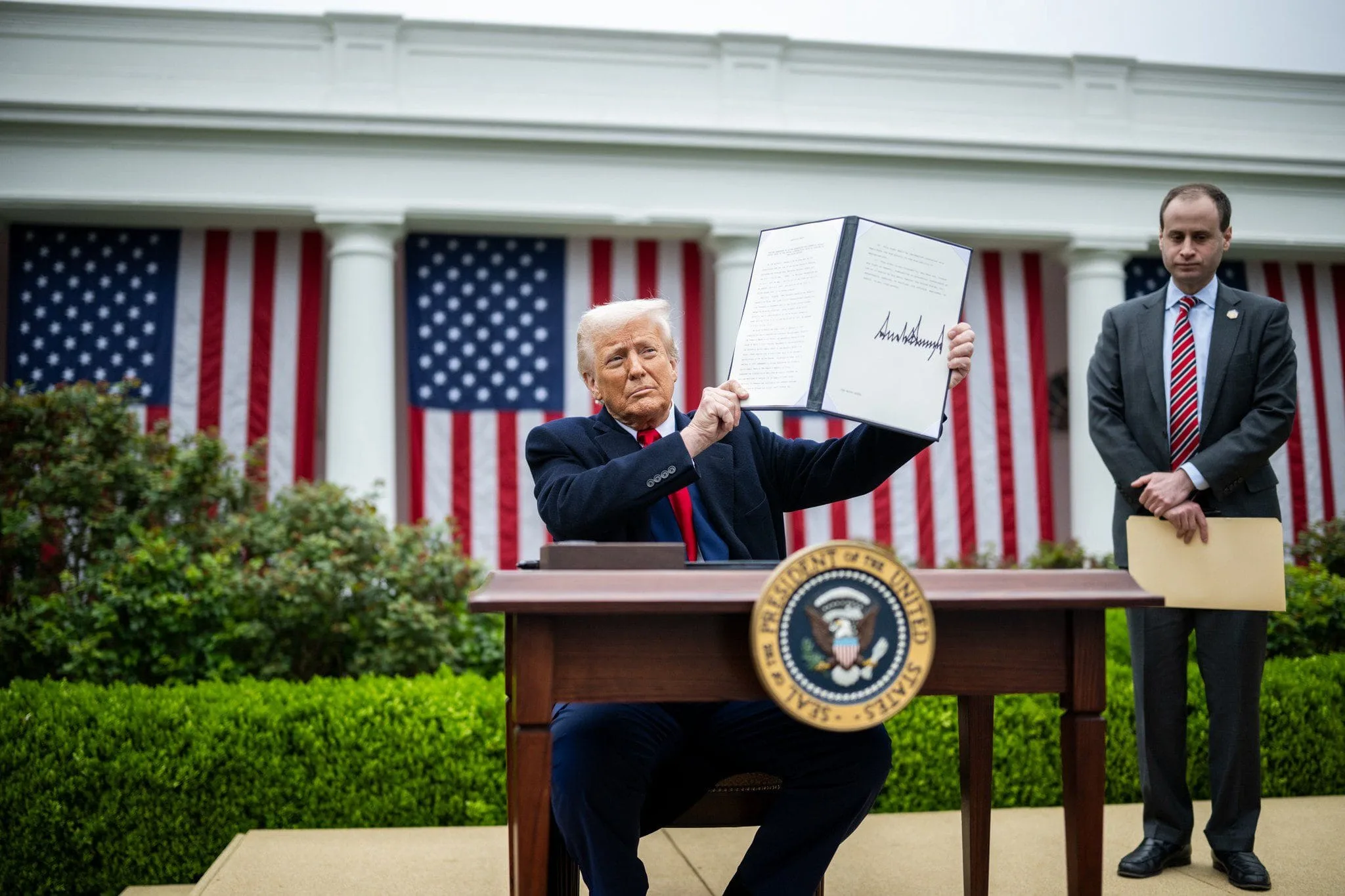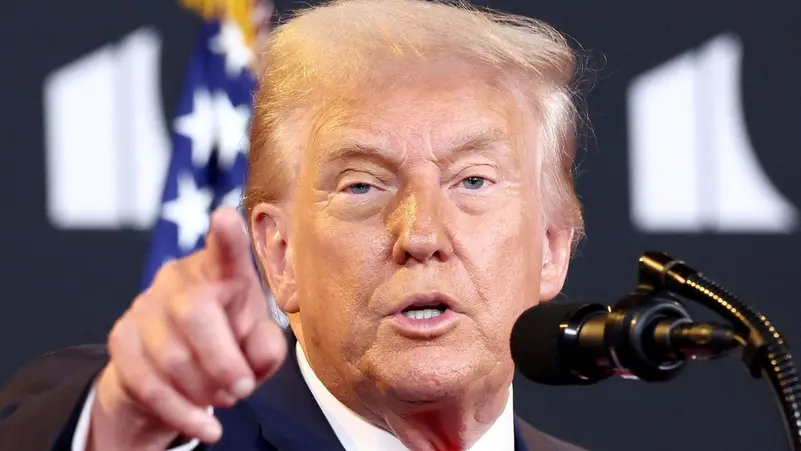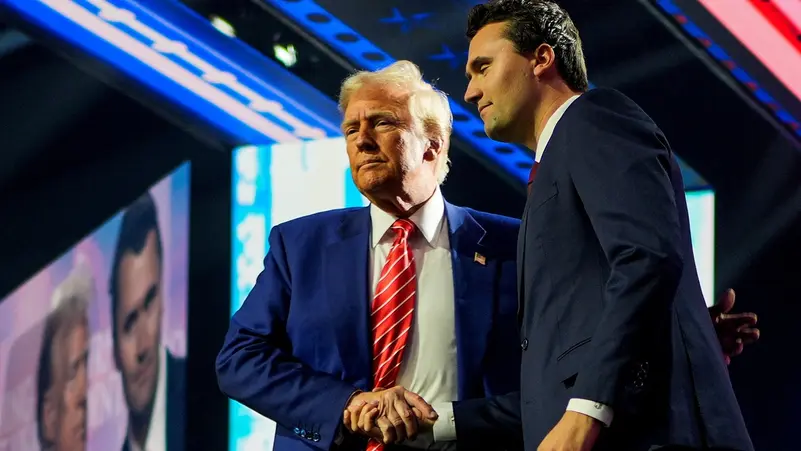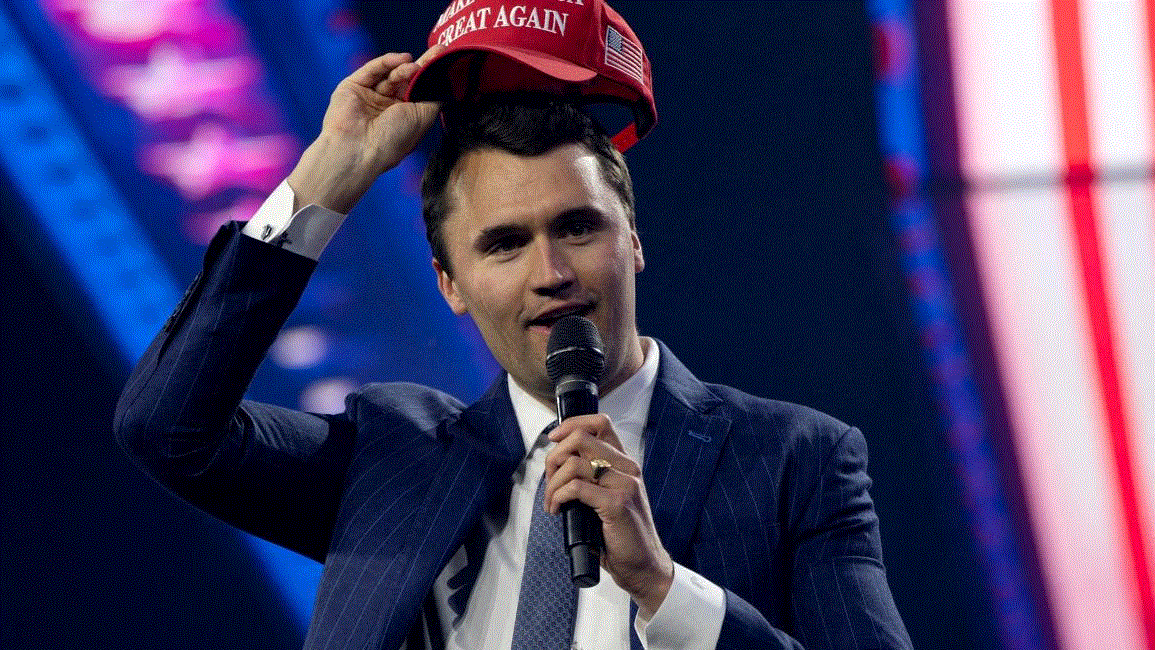Trump’s Sweeping New Tariffs Sparks Fierce Debate in U.S. and Europe

In a dramatic move shaking global trade, former president donaldtrump unveiled new tariffs ranging between 10% and 41% targeting imports from 68 countries—including key U.S. allies in Europe, Canada, and Asia. Announced just days before the new month, these measures triggered intense debates across us politics, economic circles, and international media.
Supporters argue this bold approach puts pressure on trade partners to respect American economic interests. Critics warn it risks isolating the United States, raising consumer prices, and damaging relationships with strategic allies.
The Scale of the Tariffs
The proposed tariff plan covers a wide range of goods: machinery, textiles, electronics, pharmaceuticals, and more. Specific rates vary: 35% on Canadian products, 25% on Indian imports, and up to 41% on goods from countries deemed high-risk to U.S. national security.
Trade analysts note the move could disrupt supply chains at a time when global markets are already fragile. Economists linked to the federalreserve warn of inflationary consequences, as businesses pass higher costs onto consumers.
Dividing Washington
In Washington, trump’s announcement deepened the rift within the Republican party. Some lawmakers praised the tariffs as a tool to defend American industry. Others questioned whether the sweeping measures werecarefully planned or primarily aimed at boosting Trump’s political image.
Across Democratic circles, the reaction was strongly negative. Lawmakers labeled the tariffs as reckless, warning they could hurt American jobs tied to exports and worsen diplomatic tensions.
European Concerns
The European Union, among the largest targets of the new tariffs, now faces difficult decisions. Should it negotiate to reduce or remove the tariffs—or risk a trade war with Washington?
European policymakers have expressed concern that the U.S. is undermining decades of cooperation. They fear that breaking news like this could drive EU nations to seek new alliances or deepen internal military and economic integration, as discussed in initiatives like “Readiness 2030.”
The Russia–India Angle
One part of the new tariffs explicitly links trade penalties to countries maintaining close defense ties with Russia. This especially impacts India, a longtime buyer of Russian military equipment.
Trump’s team defends this as a strategic necessity: encouraging partners to pivot away from Moscow. Critics argue it could backfire, making countries feel cornered and pushing them closer to rivals like China.
Domestic Economic Fears
Beyond geopolitics, the most immediate concern is the impact on U.S. households. Consumer goods from clothes to electronics could rise in price. Some importers warn of supply chain bottlenecks and product shortages.
Researchers at columbia university highlight how sudden policy shifts increase uncertainty, discouraging business investment and slowing economic growth.
Trump’s Strategy: Leverage and Pressure
For supporters, the tariffs are a reflection of donaldtrump’s broader philosophy: use America’s economic power to pressure partners into better deals.
They argue that past tariff threats helped renegotiate trade agreements. Skeptics counter that while some short-term concessions were won, long-term structural trade issues remained unresolved.
The Global Reaction
In capitals from Ottawa to Brussels to New Delhi, officials scrambled to understand the scope and timeline of Trump’s plan. Diplomats quietly expressed frustration, describing the move as unilateral and disruptive.
Some countries may seek quick negotiations with Washington. Others could respond with their own tariffs, risking a cycle of retaliation.
Historical Echoes
Trade historians point to earlier tariff escalations, such as the Smoot–Hawley Tariff of 1930, which many blame for deepening the Great Depression. While today’s global economy is different, the principle remains: sudden trade barriers can have ripple effects far beyond borders.
Trump’s Political Calculation
Some analysts see the tariffs as part of a calculated political strategy. By announcing them just months before key primaries, Trump reminds his base of his reputation as a tough negotiator willing to disrupt the status quo.
This could help him in states dependent on manufacturing and skeptical of globalization.
The EU’s Defensive Moves
European policymakers, concerned by trump’s unpredictability, are accelerating plans to increase the EU’s defense and economic autonomy. Proposals include investing in local industries and reducing dependence on U.S. technology and defense support.
Initiatives like “Readiness 2030” reflect this strategic pivot, aiming to make Europe less vulnerable to sudden U.S. policy shifts.
Business Leaders React
U.S. business groups largely criticized the tariffs, warning they could reduce competitiveness and drive up costs. Retail and tech industries, heavily reliant on imports, are particularly concerned.
However, some sectors—like domestic steel and textiles—welcomed potential relief from cheaper imports.
Beyond the Headlines
Hidden behind headlines is a human dimension. American consumers could face higher prices. Workers in export industries risk layoffs if other countries retaliate. Meanwhile, small businesses may struggle to navigate rapidly changing trade rules.
These realities, economists warn, often get overshadowed by political slogans.The Road Ahead
As the new tariffs are set to roll out, global markets, allies, and rivals will watch closely. Will partners bend to U.S. demands—or escalate tensions?
At stake is not just trade but America’s role in the world: whether it acts as a partner or enforcer.
Final Thought
Trump’s tariffs, whether viewed as strategic leverage or reckless overreach, show the profound impact of political decisions on everyday lives. They test alliances, shake markets, and reveal the fine balance between economic nationalism and global cooperation.
In an interconnected world, such choices don’t stay contained—they echo worldwide.




